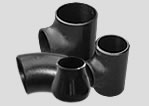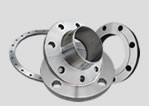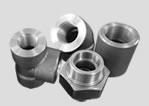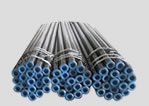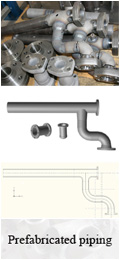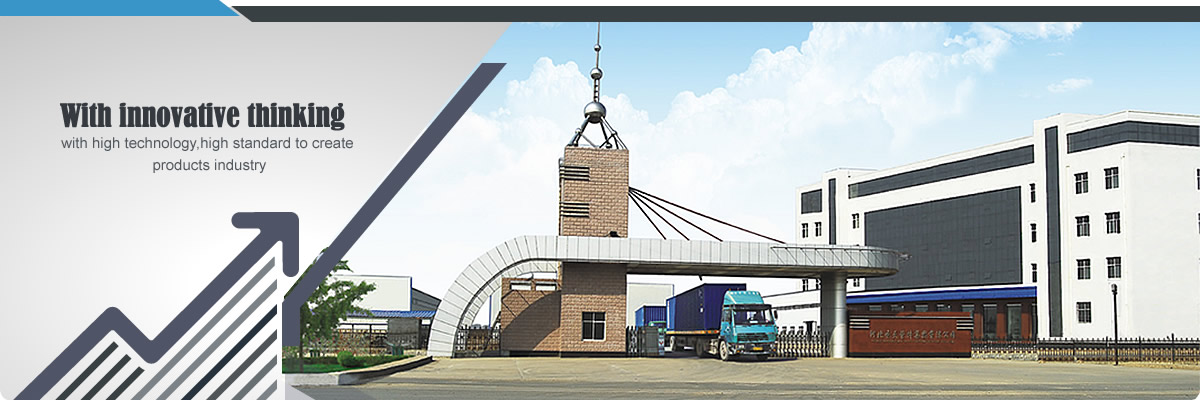How to prolong the service life of galvanized pipe
Q235 48mm Hot Dip Galvanized Steel Pipe is to immerse the rust-removing steel components in the molten zinc solution at about 600 C, so that the steel components are coated with zinc. The thickness of zinc layer should not be less than 65micron for the thin plate below 5mm and not less than 86micron for the thick plate. So as to prevent corrosion. In recent years, profiled steel sheets, such as light steel structure, have appeared in large numbers. Hot dip galvanizing is also used to prevent corrosion. The first process of hot-dip galvanizing is pickling and rust removal, followed by cleaning. These two processes will not cause corrosion hazards. So we must deal with it thoroughly. For the design of steel structures, members with bonding surfaces should be avoided, so as not to be thoroughly pickled or unclean in the cracks in the bonding surfaces.
It causes the phenomenon of yellow water flowing on the galvanized surface. Hot galvanizing is carried out at high temperature. For tubular members, the ends should be open. If the two ends are closed, the air will expand and the head plate will burst, causing a safety accident. If one end is closed, the flow of zinc liquid is not smooth, so it is easy to accumulate in the pipe.
Because of the high temperature of galvanized pipe process, it is easy to annealing the materials with low tempering temperature in the process of galvanizing, thus reducing the hardness. In addition, the effect of the thickness of the coating on the tolerance is also considered for the hot dip galvanized pipe of the mating parts.
previous page:Weld angle of spiral steel pipe
next pageOil Casing Pipe market prices continue to rise


